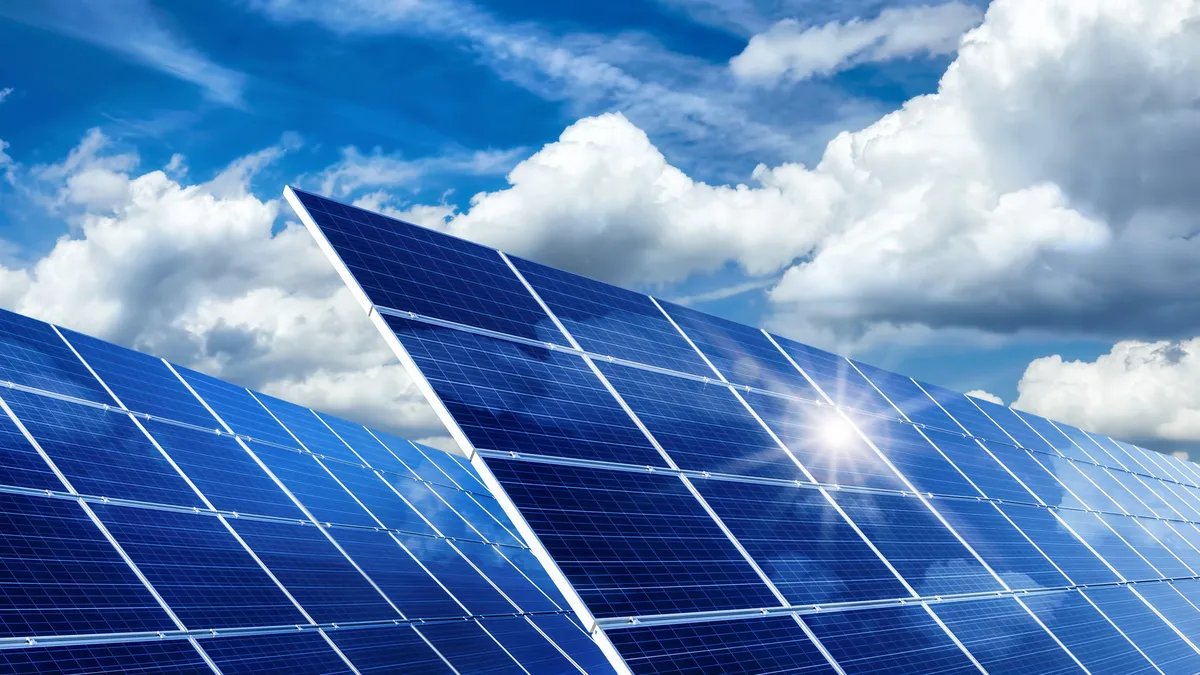Dive Brief:
-
Many questions remain unanswered on a proposal by Southeast utilities to form a centralized energy exchange market, stakeholders said in comments filed with federal regulators on Monday, including if it will facilitate more competition, or instead allow utilities to strengthen their position in the region.
-
Duke Energy, Southern Company, Dominion Energy and 12 other utilities filed a proposal with the Federal Energy Regulatory Commission in February, asking the commission to approve a Southeast Energy Exchange Market (SEEM). But the clean energy industry questioned whether it will allow more zero-emissions resources to compete in the marketplace, and asked FERC to ensure proper regulatory structures are in place before any such proposal is approved.
-
SEEM has the potential to "unlock significant benefits for consumers" and accelerate decarbonization in the region, the Solar Energy Industries Association (SEIA), Advanced Energy Economy (AEE) and others wrote in comments. "The SEEM Proposal lacks sufficient details on many important issues, however, making it unclear whether it represents a first step toward more competitive wholesale market options for customers in the region."
Dive Insight:
Utilities' SEEM proposal came in the midst of broader stakeholder conversations in the Southeast mulling how to open up the region to more competition. Duke and other utilities have defined SEEM as limited in scope — a trading platform and not its own entity, like a power pool, that would subject it to an additional FERC transmission tariff, ensuring the transmission provider is non-discriminatory toward other power providers.
"SEEM members are excited to deliver the benefits to customers of a 15-minute energy exchange market that would use technology and advanced market systems to automatically match participants with low-cost, clean and safe energy across a wide geographic area in the southeast," said Todd Terrell, a spokesperson for Southern Company, in an email. Benefits for customers and the grid operator range from $40 million to $50 million annually in the near-term and $100 million to $150 million annually in the long term, he added.
SEIA, AEE, the Advanced Energy Buyers Group and the Renewable Energy Buyers Alliance in joint comments argue that what the utilities are proposing is actually a "loose" power pool because it proposes to combine parts of the utilities' individual transmission systems, and it allows discounted transmission arrangements between parties "with special terms and conditions."
"Some Members of the SEEM Filing Entities have asserted that the SEEM Proposal is not a loose power pool," the groups write. "This is not the case." Because it meets the definition of a power pool laid out by FERC in its Order 888, intended to ensure nondiscriminatory access to transmission, in order to operate, SEEM utilities need to file an open access transmission tariff with the commission.
Even if the commission ultimately does not ask the SEEM utilities to file additional tariffs, the proposal still faces significant shortcomings on transparency, governance and more, the clean energy groups wrote. Currently, membership is restricted to transmission-owning utilities, which only serves to exacerbate their monopoly status in the Southeast markets, and won't help improve competition, the groups wrote.
"This governance structure is not just and reasonable, not only because it excludes whole classes of interested parties from any participation in governance ... but also because it allows for control entirely by vertically integrated utilities," the groups wrote.
Free market think-tank R Street Institute, the Southern Renewable Energy Association, and the Environmental Defense Fund echoed the renewables industry's calls for transparency in their comments.
South Carolina Sen. Tom Davis, R, the clean energy industry and R Street also called on FERC to host a technical conference in order to explore southeast market reform with a broader array of stakeholders.
"I am concerned that SEEM, in itself, will not" promote a "technology-neutral market" for a wide swath of clean energy technologies, wrote Davis, "in part because it limits competition by non-utility participants and has a very limited reach. Regardless of the Commission's decision in the SEEM docket, I request your participation in a joint federal-state technical conference to go beyond its limited scope."















